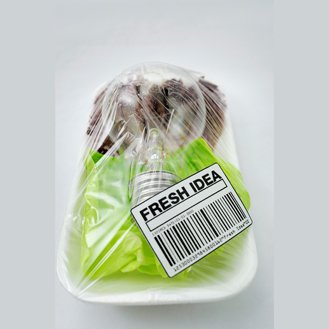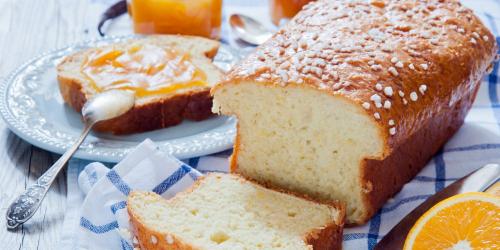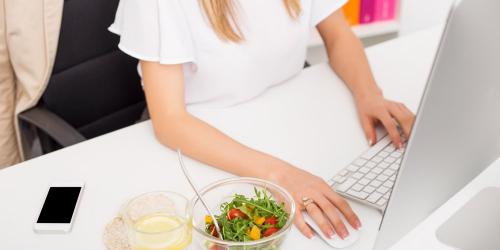My food film
My silicone molds
My plastic boxes
Depending on their composition, they release or not toxic compounds. And even more in contact with hot liquids or fat. To find one's way around, one looks for the numbers that are not visible under the container.
I throw them 1 (PET), 3 (PVC), 6 (polystyrene), 7 (polycarbonate), whose additives tend to migrate, and any box striped, cracked, discolored.
I keep our 2 and 4 (polyethylene), which support the fridge, and the 5 (polypropylene), who likes to stay in the closets at room temperature.
I prefer glass jars, especially to heat in the microwave, and stainless steel boxes.
My food film
It can be based on PVC (No. 3) and contains phthalates that migrate in contact with fat-like cheeses, tuna oil, or low density polyethylene (No. 4), more safe.
I throw any fat product in prolonged contact with a plastic film and more if it has been exposed to heat.
I prefer unbleached parchment paper or an upturned plate as a lid.
My silicone molds
A survey carried out in 2004 by the DGCCRF highlighted that 44 of the 81 samples analyzed posed problems of food safety.
I throw the molds that contain peroxide still authorized in France (but prohibited in Switzerland and Germany) and often used in China. To find out, I pinch the mold, if a white fold appears, it's bad sign.
I keep the models marked "platinium silicone" able to withstand temperatures of 260 ° C or 280 ° C without releasing unwanted compounds.
I prefer Pyrex® non-colored borosilicate molds, paper trays or white porcelain.


